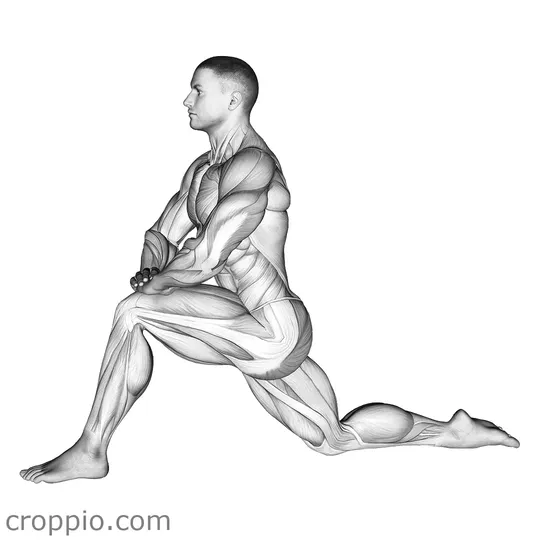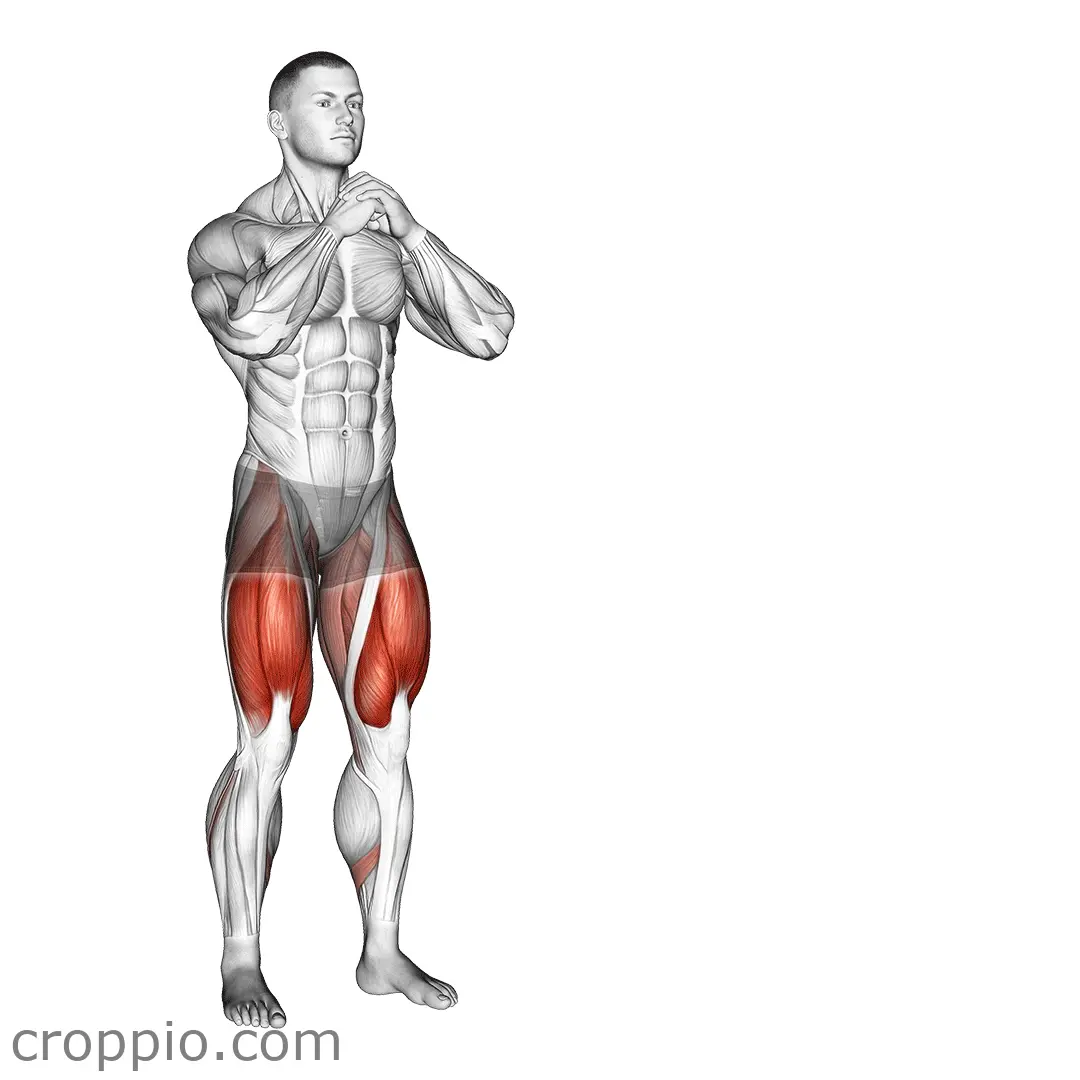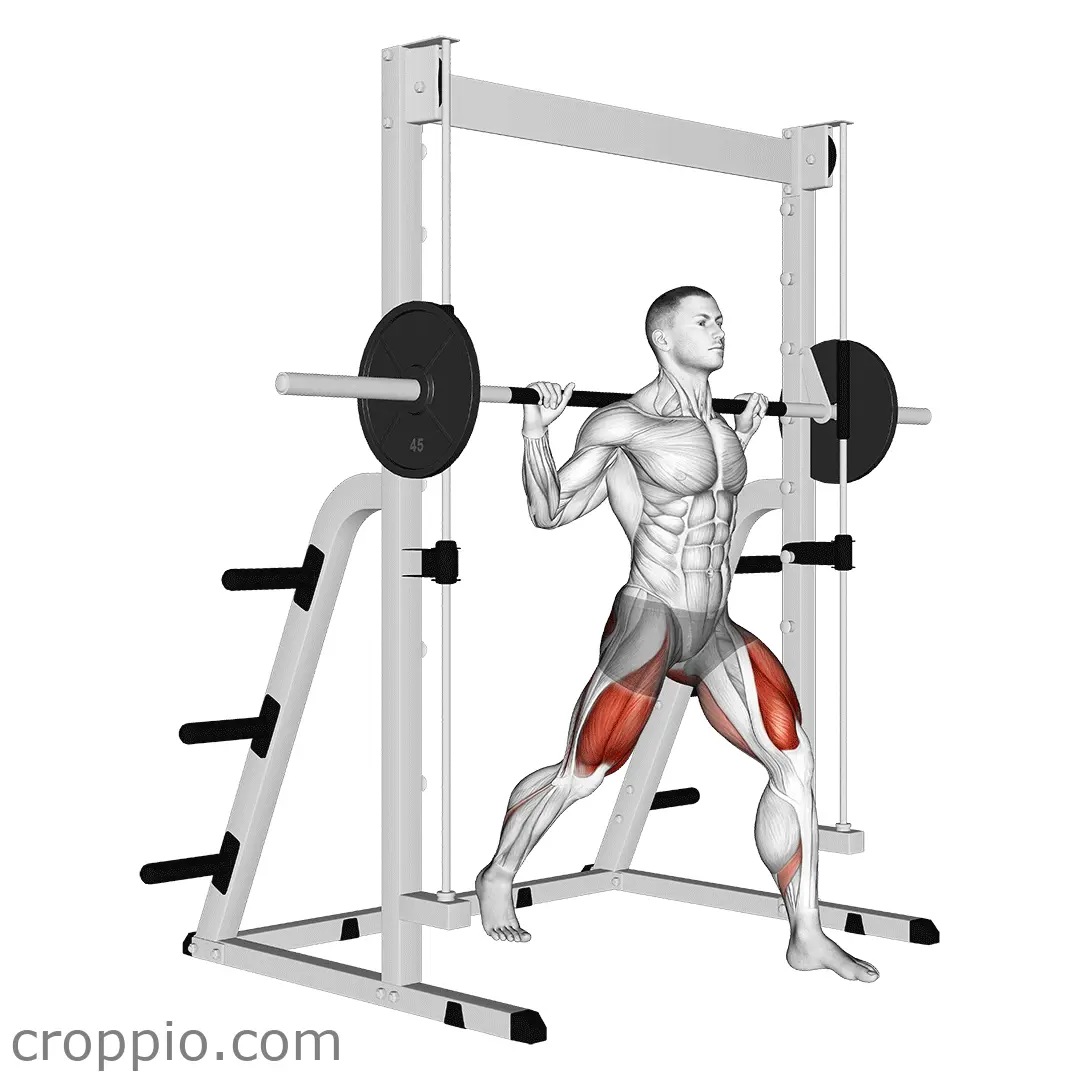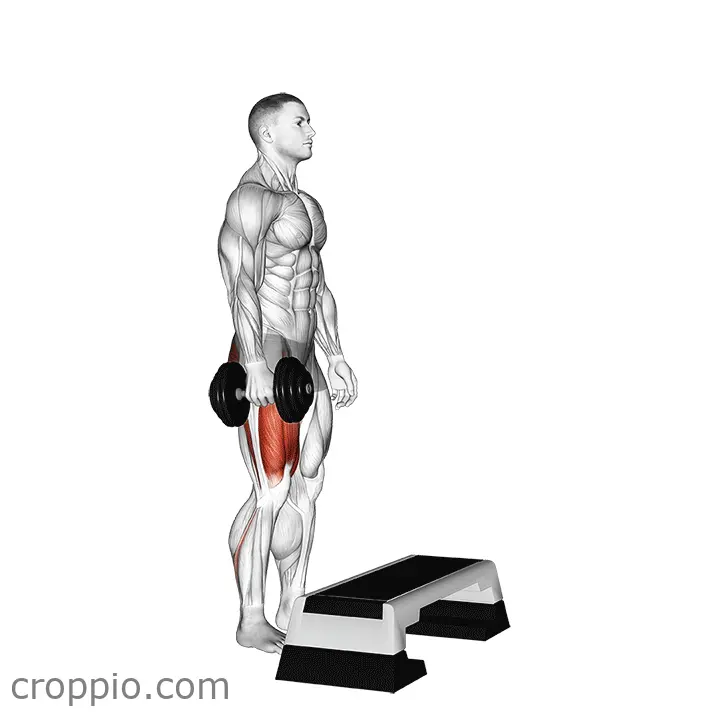Kneeling Lunge Stretch Muscles

Muscles Involved
The kneeling lunge stretch effectively targets several muscle groups, primarily focusing on the hip flexors, quadriceps, and gluteus maximus. The hip flexors, particularly the iliopsoas and rectus femoris, are deeply stretched as the back knee remains on the ground while the front leg bends forward. The quadriceps, particularly the vastus medialis and lateralis, are engaged and elongated during this position. Additionally, the gluteus maximus is activated to maintain proper alignment and stability. Secondary muscles involved include the hamstrings and adductors of the front leg, as well as stabilizing muscles in the core and lower back that work to keep the body balanced during the stretch.
Top Mistakes
- Failing to keep the front knee in line with the ankle, which can cause strain.
- Allowing the lower back to hyperextend, leading to discomfort or injury.
- Not warming up prior to the stretch, increasing the risk of muscle tears.
- Holding the stretch without proper breathing, which can lead to muscle tightening instead of relaxation.
Execution Tips
- Begin in a kneeling position, placing one foot forward while keeping the other knee on the ground.
- Make sure your front knee is directly above your ankle and not extending over your toes.
- Engage your core to stabilize your pelvis and avoid overarching your back.
- Gently push your hips forward, feeling a stretch in the hip flexor of the back leg.
- Maintain an upright torso and take deep, controlled breaths to enhance muscle relaxation.
- Hold the stretch for 20-30 seconds, switching legs, and repeat 2-3 times.
Workouts
The kneeling lunge stretch can be effectively incorporated into a workout regimen as a part of a dynamic warm-up or cooldown stretch routine. It is advisable to perform this stretch after an intense lower-body workout or a cardio session. As part of a stretching routine, aim for 2-3 sets of 20-30 seconds per leg. Complement this exercise with movements like hip circles, standing quadriceps stretch, or pigeon pose to further enhance flexibility in the hips and lower body.
Conclusion
The kneeling lunge stretch is a valuable addition to any fitness routine, as it improves flexibility and mobility in the hip flexors and quadriceps while promoting better posture. It aids in relieving muscle tightness and can significantly enhance performance in activities that require lower body strength and endurance. By incorporating this stretch regularly, you can increase your overall flexibility, reduce the risk of injury, and improve your exercise efficacy.



